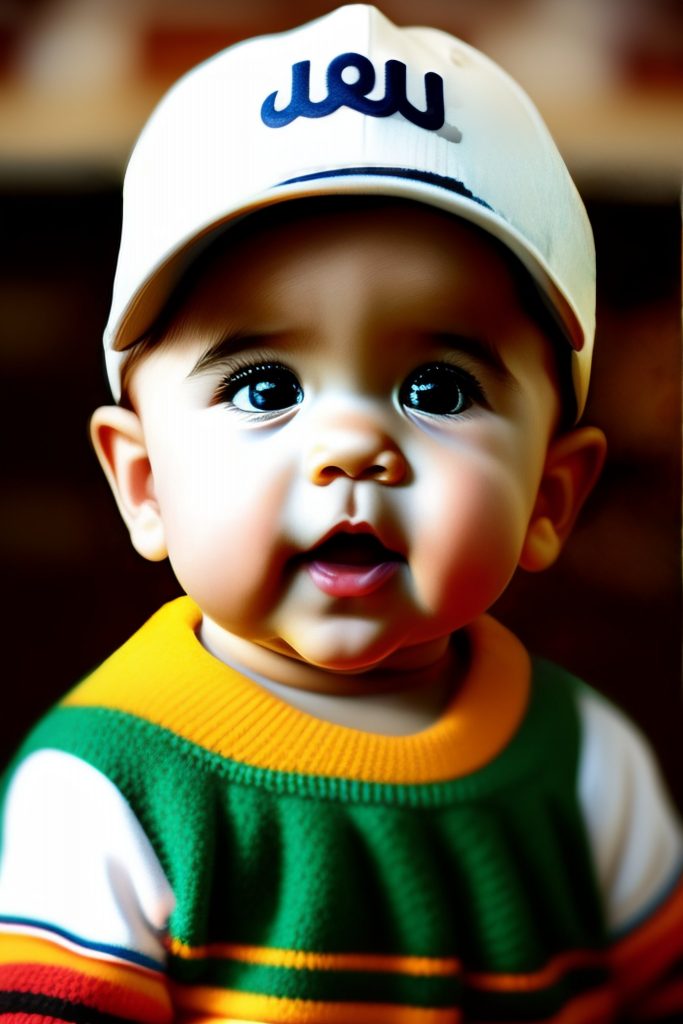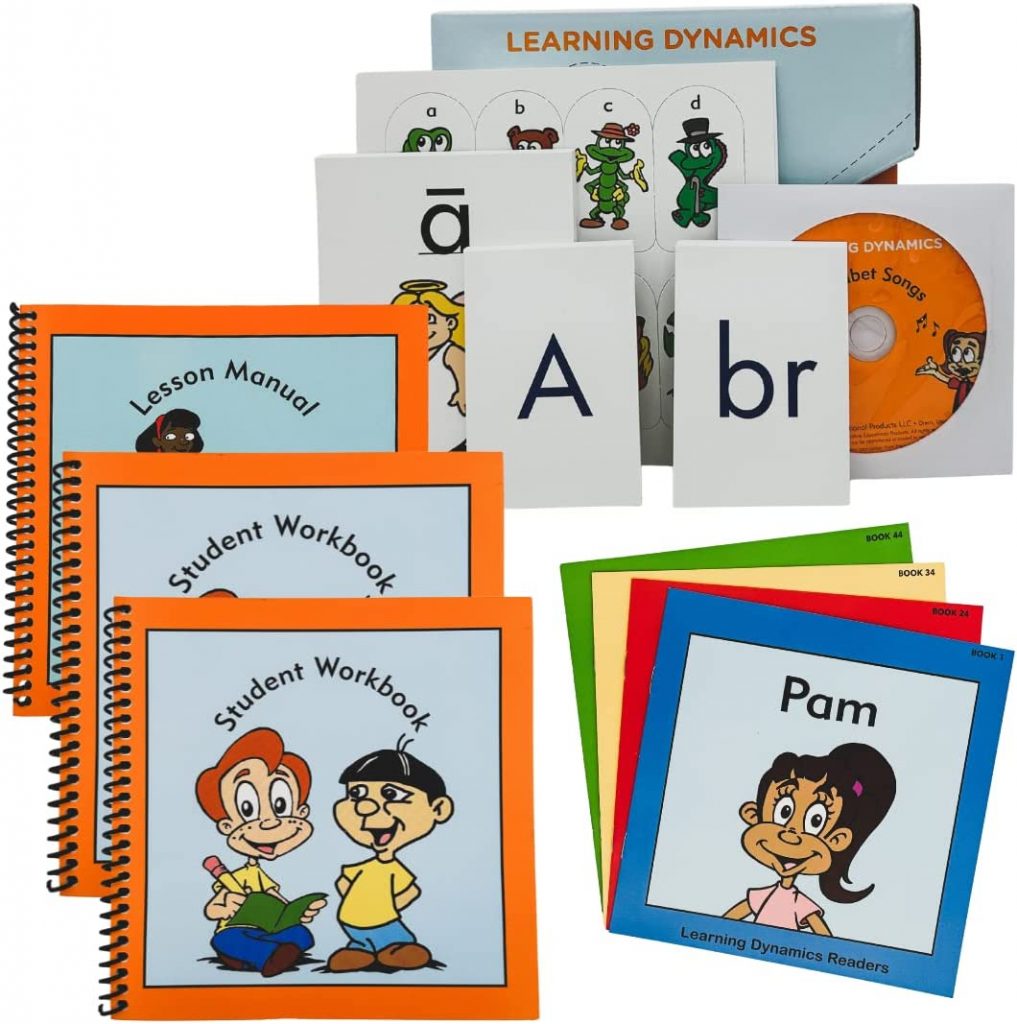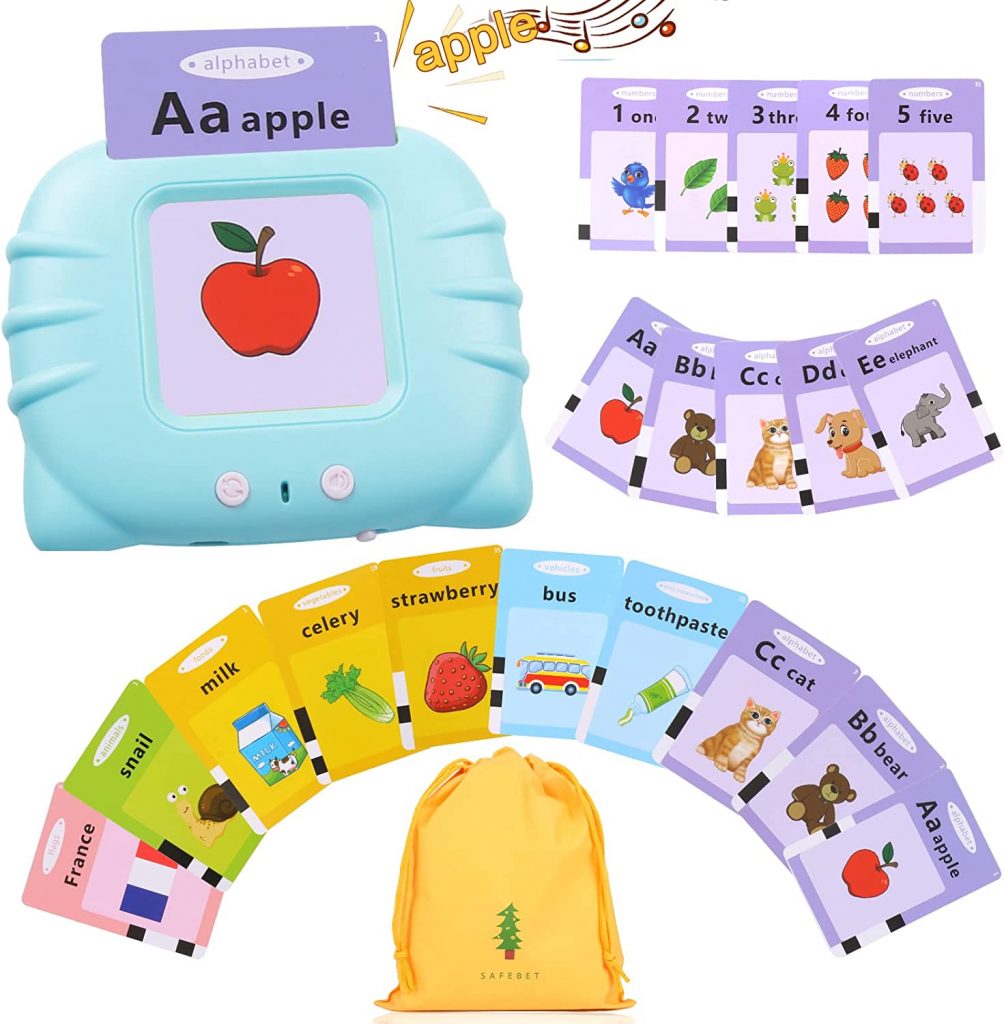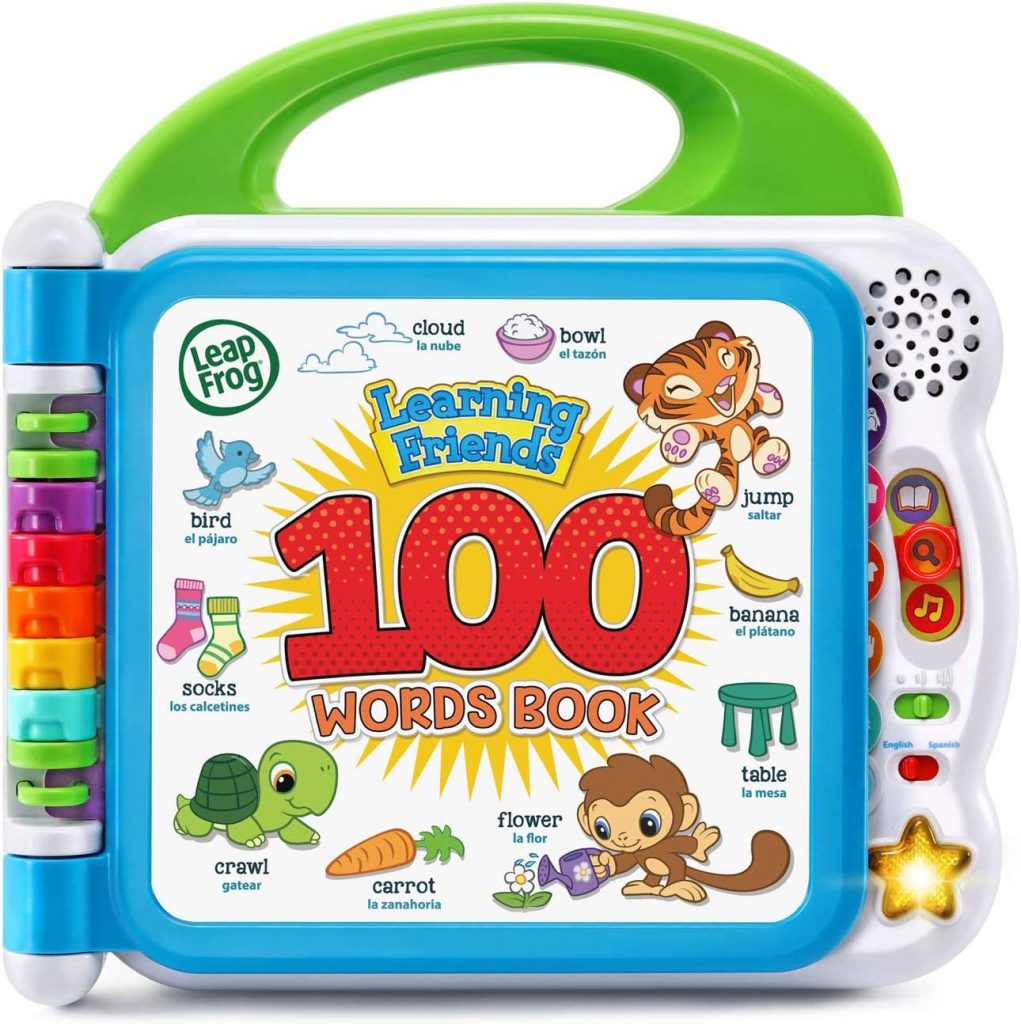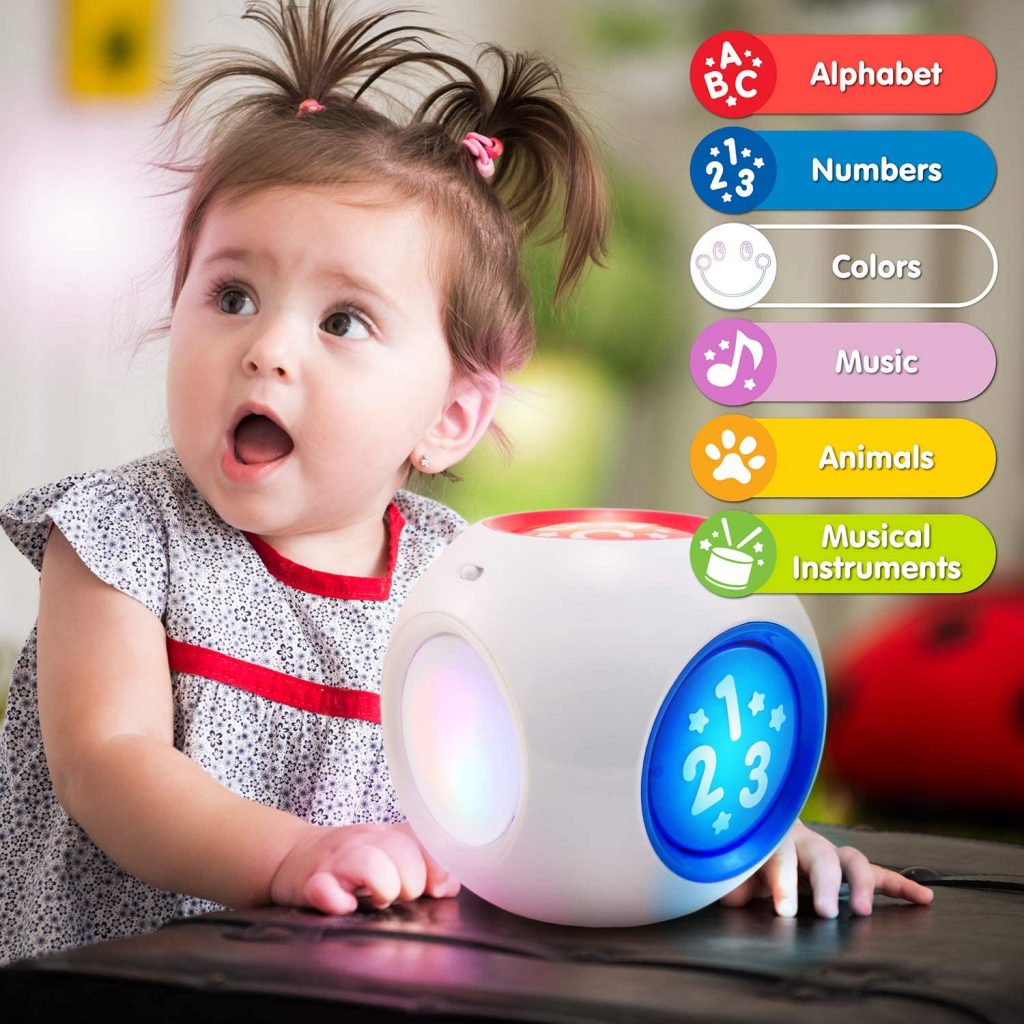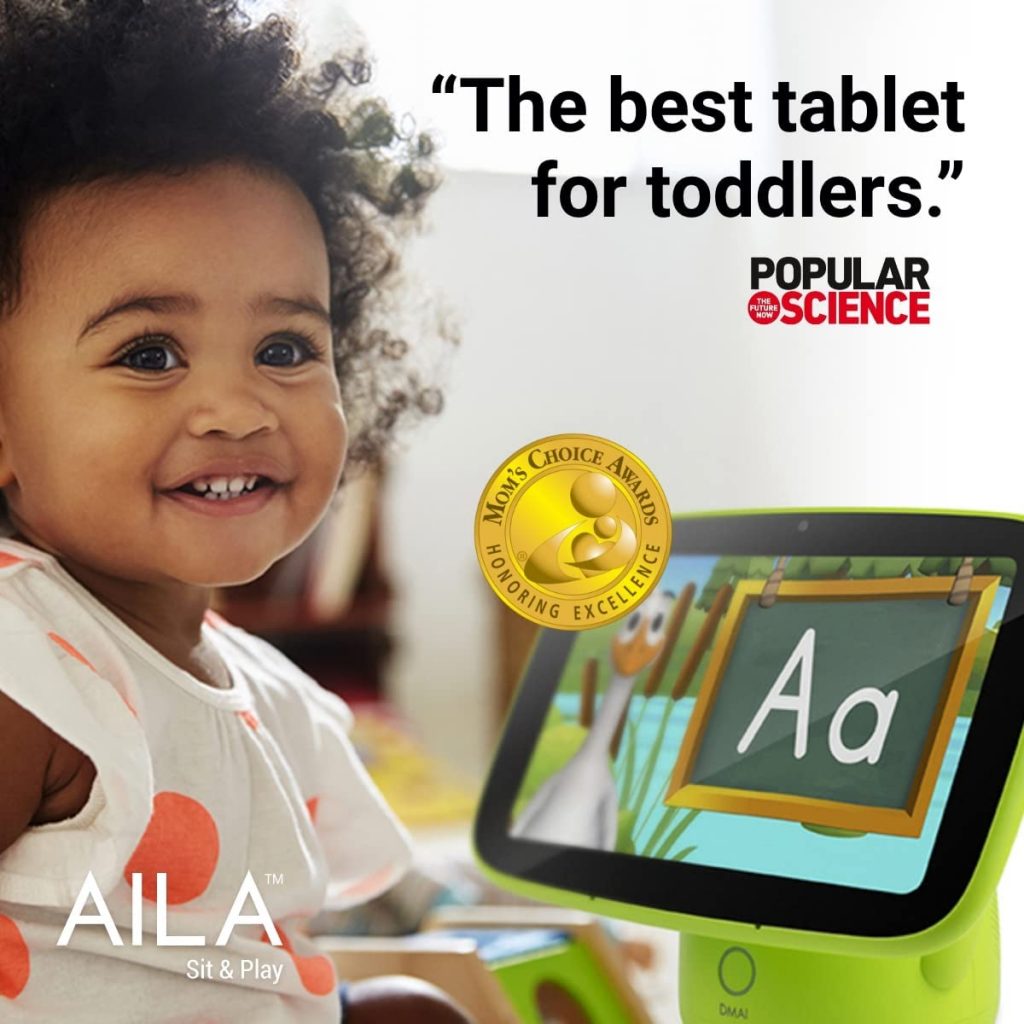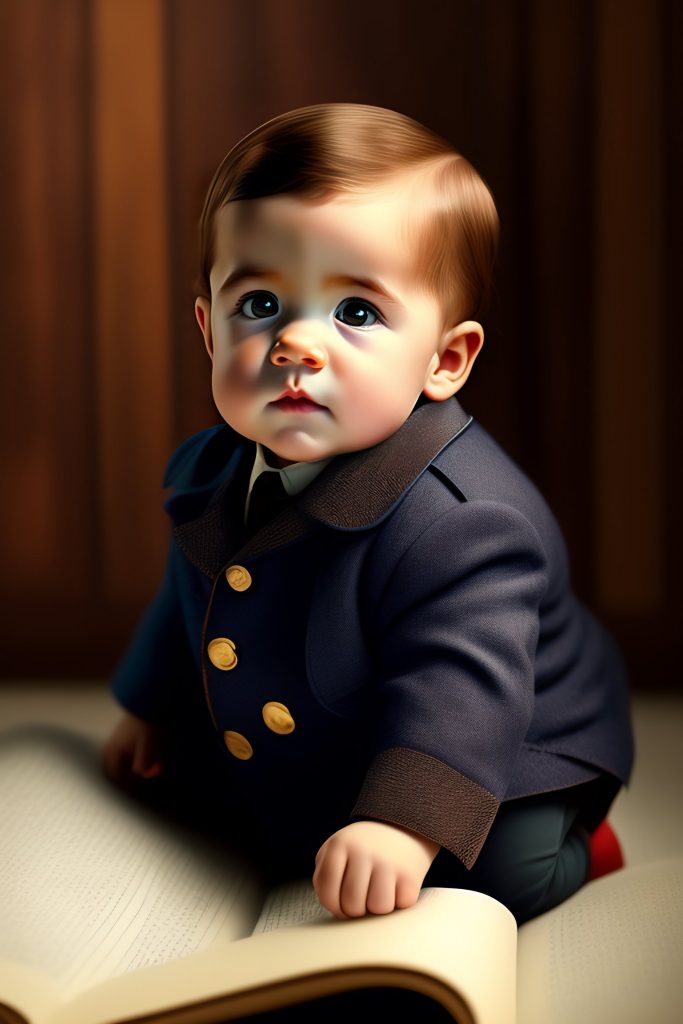
“A baby is God’s opinion that the world should go on.”
Curious readers, to a delightful exploration of the enchanting world of toddler vocabulary acquisition! Prepare to witness the linguistic marvels unfolding before your very eyes as we delve into the mysterious realm of tiny tongues and budding lexicons. In this article, we shall embark on an awe-inspiring journey, where the minds of our littlest learners become the catalyst for linguistic brilliance.
We all know that toddlers possess an uncanny ability to capture our hearts with their adorable antics and infectious laughter. But what if we told you that behind those cherubic faces lies a cunning vocabulary-building mission? Yes, dear readers, these miniature explorers are on a quest to conquer the kingdom of words, one endearing babble at a time.
As we immerse ourselves in this magical world of language development, prepare to be astounded by the pint-sized linguistic warriors who are courageously waging war against gibberish and aiming to be masters of communication. From their first hesitant utterances to their triumphant declaration of complete sentences, we shall witness the extraordinary transformation of tiny tots into linguistic maestros.
But what truly sets this journey apart is the unparalleled joy that accompanies each new word learned. There’s something utterly captivating about observing a toddler’s face light up as they unlock the power of expression, conquering everyday objects with linguistic finesse. Brace yourselves for heartwarming anecdotes and captivating insights that will leave you in awe of the linguistic marvels unfolding in every living room, playground, and preschool across the globe.
So, grab a cup of imagination and prepare to be whisked away on a whimsical adventure that will illuminate the secret world of toddler vocabulary acquisition. From tongue-twisting triumphs to the occasional linguistic faux pas, we’ll explore the strategies, challenges, and moments of pure linguistic brilliance that define this extraordinary journey.
Dear readers, fasten your seatbelts and get ready to embark on a linguistic rollercoaster ride that will leave you marveling at the awe-inspiring process of learning words for toddlers. It’s time to celebrate the miniature language enthusiasts who remind us that even the smallest voices can make the biggest impact on our world of words!
In the early stages of a child’s life, every moment is filled with wonder and discovery. Among the many milestones they achieve, one of the most remarkable is the acquisition of their first 100 words. As parents, caregivers, and educators, we are privileged witnesses to this extraordinary journey, as these tiny adventurers bravely venture into the vast realm of language. In this article, we will embark on an exploration of the captivating process of learning the first 100 words for toddlers, unveiling the significance of this milestone and the fascinating strategies that aid their linguistic growth.
Every word uttered by a toddler is like a small key unlocking the door to the world around them. It is through these words that they gain the power to express their needs, desires, and emotions, forging connections with their loved ones and the society they inhabit. The acquisition of their first 100 words is a transformative period, where their understanding and interaction with the world take a giant leap forward.
As these little language explorers embark on their quest for vocabulary, they rely on various strategies to make sense of the vast sea of words surrounding them. From imitating sounds and gestures to associating objects with their names, toddlers embrace an immersive learning experience that is fueled by curiosity, repetition, and the support of those around them.
Picture a scene where a toddler points to a bright red apple and proudly exclaims, “Apple!” This seemingly simple act represents a triumph of comprehension, as they connect the abstract notion of language with a tangible object. Through repetition and reinforcement, these first 100 words become stepping stones towards a deeper understanding of the world, empowering toddlers to express their thoughts and participate actively in conversations.
However, it is important to acknowledge that each child’s journey is unique and unfolds at its own pace. Some toddlers may conquer their first 100 words swiftly, while others may take a more gradual approach. Every stumble, every stumble, and every small victory should be celebrated, for they signify progress and growth.
Parents, caregivers, and educators play a pivotal role in supporting this linguistic expedition. Creating a language-rich environment filled with books, songs, and interactive play not only enhances vocabulary acquisition but also cultivates a love for language and learning. Engaging in meaningful conversations, narrating everyday activities, and providing opportunities for social interaction lay a solid foundation for future language development.
As we witness the marvel of a child’s first 100 words, we are reminded of the profound impact that language has on shaping their worldview and future success. These first steps in the world of words set the stage for a lifelong journey of communication, comprehension, and connection.
In conclusion, the acquisition of the first 100 words for toddlers is an awe-inspiring process that holds immense significance in their development. It is through these words that they unlock the doors to understanding, expression, and connection with the world around them. Let us celebrate and cherish this remarkable milestone as we support and encourage these budding linguists on their journey of discovery, one word at a time.
“Tools that can help your toddlers Learning first 100 words“
When it comes to helping toddlers learn their first 100 words, there are several tools and strategies that can facilitate their language development. Here are some helpful tools:
- Picture Books: Choose colorful and engaging picture books that introduce toddlers to a variety of objects, animals, and everyday scenarios. Pointing to the pictures and labeling them aloud can help toddlers associate words with visual representations.
2. Flashcards: Flashcards featuring simple illustrations or photographs of objects and words can be an effective tool for vocabulary building. Show the flashcards to your toddler, say the word aloud, and encourage them to repeat after you.
3. Word Games: Engage your toddler in fun word games such as “I Spy” or “Name That Object.” These games encourage active listening and visual recognition, helping toddlers connect words with real-life objects.
- I Spy: This classic game encourages observation skills and word association. Say, “I spy with my little eye, something that is red.” Your toddler then tries to guess the object based on the given description. For example, if the answer is “apple,” your toddler learns the word while associating it with the color red.
- Name That Object: Select a few objects in the room or gather a collection of small toys. Hold up an object and ask your toddler to name it. For example, you can hold up a toy car and say, “What is this?” Encourage your toddler to respond with the correct word, and provide positive reinforcement for their efforts.
- Memory Match: Create a set of matching cards with pictures of objects or animals. Place the cards face down and take turns flipping two cards at a time. The goal is to find pairs of matching cards. As your toddler turns over a card, they can name the object or animal. This game helps reinforce word-object associations and improves memory skills.
- Simon Says: This game involves following instructions, listening, and associating words with actions. Take turns being “Simon” and give your toddler simple commands such as “Simon says touch your nose” or “Simon says clap your hands.” By associating words with specific actions, your toddler learns to understand and follow verbal instructions while expanding their vocabulary.
- ABC Scavenger Hunt: Choose a letter of the alphabet and go on a scavenger hunt around the house or outdoors. Encourage your toddler to find objects that start with that letter. For instance, if the letter is “B,” they might find a ball, a book, or a bear. This game not only reinforces word recognition but also introduces the concept of initial letter sounds.
- Word Bingo: Create simple Bingo cards with pictures of objects or words. Call out the name of an object, and your toddler can mark the corresponding picture on their card. The goal is to get a line or a full card marked. This game helps develop word recognition and matching skills.
Remember to adapt the difficulty level of these games to suit your toddler’s age and language development. Start with familiar words and gradually introduce new vocabulary. Make sure the games are interactive, engaging, and filled with praise and encouragement. Through these word games, your toddler will have a blast while learning their first 100 words and building a strong foundation for language development.
4. Interactive Toys: Look for toys that encourage language development, such as talking toys or interactive puzzles that introduce words and phrases. These toys often prompt toddlers to repeat words or engage in basic conversations.
5. Rhymes and Songs: Sing nursery rhymes and songs that feature repetitive words and phrases. The rhythmic patterns and repetition help toddlers grasp the sounds and meanings of words, enhancing their language skills.
6. Language Apps: There are numerous educational apps designed specifically for toddlers that focus on vocabulary building. These apps often use engaging visuals, interactive games, and audio cues to introduce new words and reinforce learning.
7. Language Learning Videos: Age-appropriate videos and educational shows can expose toddlers to new words and concepts in an engaging and entertaining way. Choose programs that emphasize vocabulary development and encourage active participation.
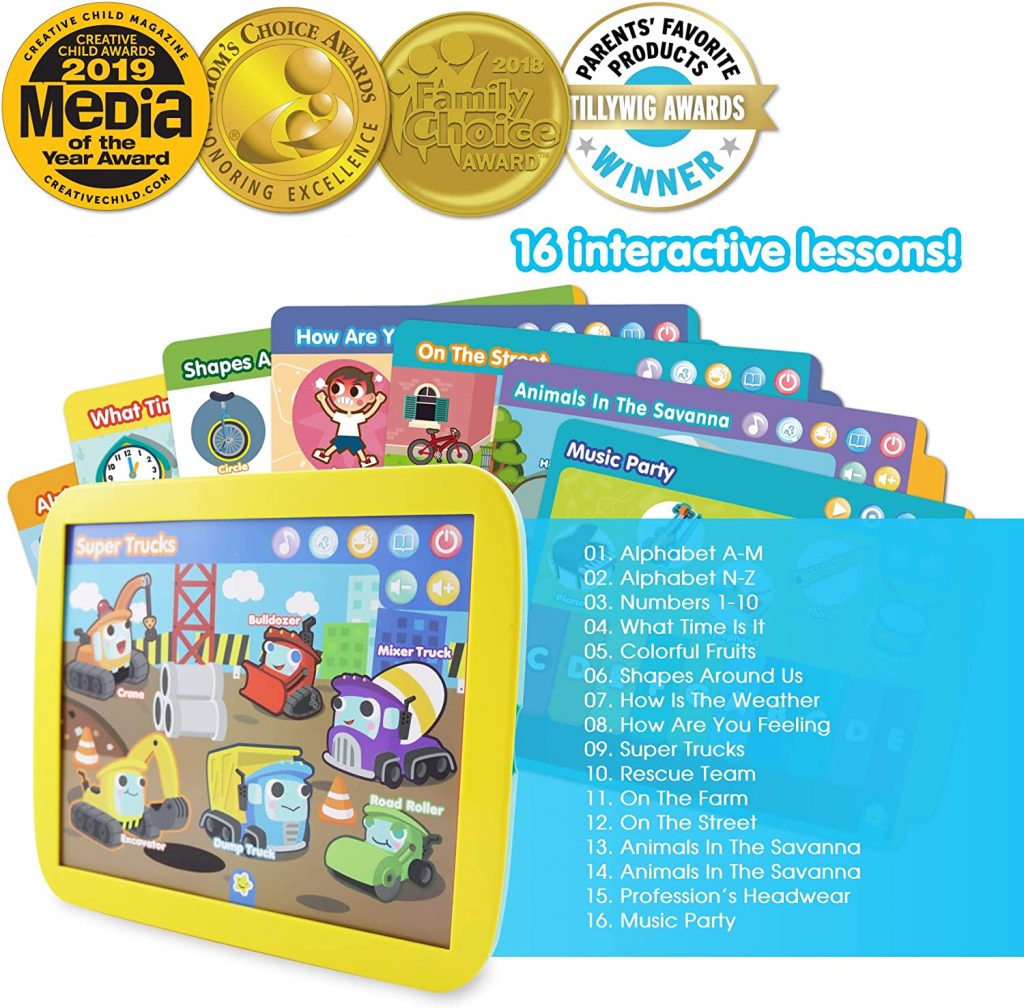
8. Labeling Objects: Label common objects around the house with sticky notes or picture labels. This visual reinforcement helps toddlers associate words with the corresponding objects and reinforces word-object connections.
Labeling objects is a practical and effective strategy to help toddlers learn their first 100 words. By placing labels or sticky notes on common objects around the house, you provide visual cues that reinforce word-object associations. Here’s an explanation of how labeling objects can support your toddler’s language learning, along with an example:
Labeling objects involves attaching written or picture labels to items in your toddler’s environment. These labels serve as visual reminders and prompts, helping toddlers make connections between words and the corresponding objects. By repeatedly seeing and saying the labeled words, toddlers reinforce their vocabulary and improve word recognition.
Let’s say you want to help your toddler learn words related to items in the kitchen. You can create simple labels using index cards or sticky notes. Write or draw the names of objects such as “cup,” “plate,” “spoon,” and “sink” on the labels, and place them on the respective items.
Throughout the day, engage your toddler in interactive conversations and activities involving these labeled objects. For instance, during mealtime, you can point to the label on the cup and say, “Look, this is a cup. Can you say ‘cup’?” Encourage your toddler to repeat the word. As you wash dishes together, you can point to the sink label and say, “This is the sink. Can you say ‘sink’?” Encourage your toddler to imitate the word again.
Over time, as your toddler sees and hears the labeled words repeatedly, they will begin to associate the written or drawn labels with the objects they represent. This process reinforces their vocabulary and helps them grasp the concept that written words correspond to specific objects in their environment.
Labeling objects can be extended to other areas of the house, such as the bedroom, bathroom, or playroom, to introduce a wider range of vocabulary. The consistent exposure to labeled objects helps create a language-rich environment, where toddlers actively engage with words and build their vocabulary skills.
Remember to choose age-appropriate words and objects for labeling, and gradually introduce new labels as your toddler becomes familiar with the initial set. Additionally, encourage your toddler to point to the labels and say the words independently, fostering their confidence and independence in language learning.
Labeling objects provides a tangible and visual method for toddlers to reinforce word-object connections. It supports their vocabulary acquisition and empowers them to communicate and express their needs more effectively.
9. Verbal Interaction: Engage in frequent conversations with your toddler, speaking slowly and clearly. Describe everyday activities, objects, and events, encouraging them to respond and imitate the words they hear.
Verbal interaction is essential for toddlers’ language development, particularly when it comes to teaching them their first 100 words. These initial words serve as the building blocks of their vocabulary and enable them to express their needs and emotions.
To help toddlers learn these words effectively, repetition is key. By consistently using and repeating the words in conversations, pointing out objects, and labeling things, toddlers can grasp and remember them more easily. It is also important to contextualize the words by connecting them to the child’s daily experiences and surroundings.
Using simplified language, visual aids like pictures and flashcards, and incorporating songs, rhymes, and fingerplays can make the learning process more engaging. Additionally, engaging in conversations, reading together, and providing positive reinforcement are valuable strategies for fostering language development in toddlers.
Ultimately, creating a language-rich environment and being patient and supportive are crucial for toddlers as they embark on their language learning journey.
10. Patience and Encouragement: Remember that each child learns at their own pace. Be patient, provide positive reinforcement, and celebrate their progress. Creating a nurturing and supportive environment is crucial for fostering a love for language learning.
Patience and encouragement are crucial elements in helping your toddler learn their first 100 words. By displaying patience and providing positive reinforcement, you create a supportive environment that fosters their language development. Here’s an explanation of how patience and encouragement contribute to your toddler’s learning process, along with an example:
Learning language is a gradual process, and each child progresses at their own pace. Patience is essential in allowing your toddler to explore and absorb new words without feeling rushed or pressured. It’s important to remember that language acquisition takes time and repetition. By maintaining a patient and understanding attitude, you create a safe space for your toddler to learn and grow.
Encouragement plays a vital role in boosting your toddler’s confidence and motivation to learn. Celebrating their progress, even for small achievements, reinforces their efforts and fosters a positive attitude towards language learning. Encouragement can be expressed through praise, smiles, claps, or specific verbal affirmations, letting your toddler know that their attempts to learn and use words are valued and appreciated.
Imagine your toddler is attempting to say a word for the first time, such as “ball.” They may make various attempts, starting with sounds that don’t quite resemble the word. In this situation, practicing patience and providing encouragement can make a significant difference in their learning experience.
Instead of correcting or criticizing their pronunciation, show patience by listening attentively and maintaining an encouraging tone. When your toddler attempts to say the word, respond with enthusiasm and encouragement, saying, “Great try! You said ‘ba’! That’s close to ‘ball’! Well done! Keep trying!”
Through your patient and encouraging approach, your toddler feels supported and motivated to continue practicing and refining their language skills. They learn that their efforts are valued and that making mistakes is part of the learning process. Over time, as they observe your patience and receive positive reinforcement, they become more confident in their ability to learn and use new words.
Remember to create a positive and nurturing atmosphere where mistakes are embraced as opportunities for growth. By fostering patience and providing ongoing encouragement, you empower your toddler to take risks, expand their vocabulary, and develop a lifelong love for language learning.
Patience and encouragement are invaluable tools that help your toddler navigate the complexities of language acquisition. By embodying these qualities, you create an environment that supports their language development, boosts their confidence, and cultivates a positive attitude towards learning.
By incorporating these tools and strategies into your toddler’s daily routine, you can create a language-rich environment that promotes the acquisition of their first 100 words. Remember to make learning enjoyable, engaging, and interactive, allowing your little one to embark on their language journey with curiosity and excitement.

